Specifications
| book-author | Robert E. Scott, Jody S. Kraus |
|---|---|
| publisher | LexisNexis; 5th edition (June 3; 2013) |
| file-type | |
| pages | 1066 pages |
| language | English |
| asin | B00GDL1A0Y |
| isbn10 | 076984894X |
| isbn13 | 9780769848945 |
Book Description
Contract Law and Theory (2013) 5th Edition is a theoretical exploration of Contract Law has very practical implications. By focusing initially on theory; law students develop a framework for predicting and analyzing the outcome of contract disputes. Working from that framework; college students gain an understanding of the lawyer’s drafting and counseling functions so as to avoid future contract disputes. In order to meet their pedagogical objectives; the authors employ the following features and / or themes:
- Overview chapter presents the issues; theory; methods; and basic doctrines of modern contract law; serving as both a framework for analysis as well as a preview of subsequent chapters.
- Extensive Note sections encourage law students to integrate theory and doctrine in specific contexts.
- Many chapters contain introductory essays that present some of the basic doctrines and theoretical approaches covered in the chapter. Additional essays within each chapter sharpen the focus on the particular doctrines discussed in each section.
- Contract rules are evaluated using a functional approach so that students consider the underlying purposes and policy goals.
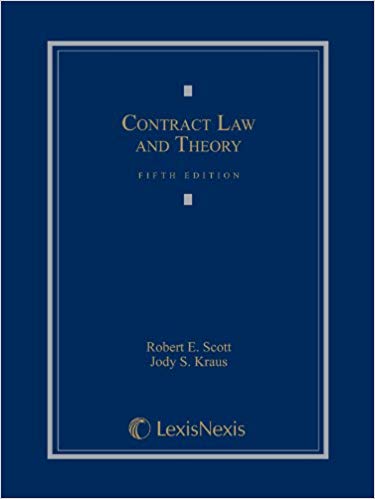
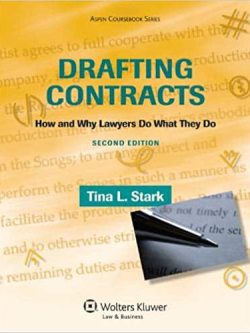



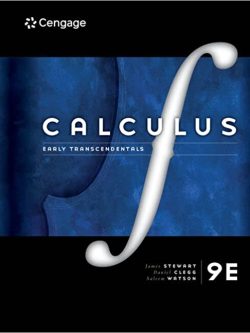



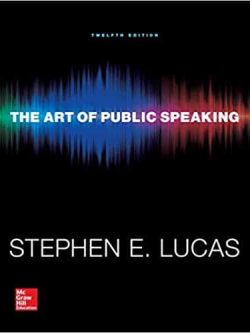

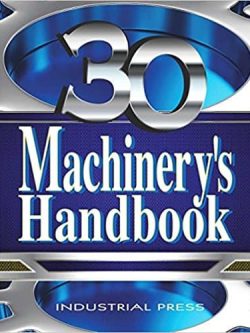
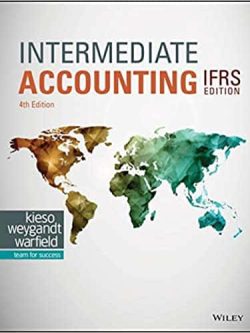
Reviews
There are no reviews yet.